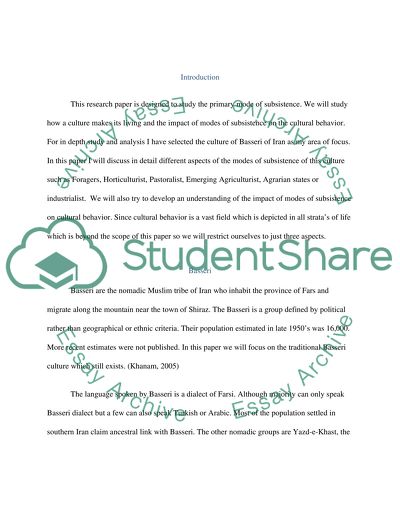Cite this document
(“Cultural Research Paper Example | Topics and Well Written Essays - 2000 words”, n.d.)
Retrieved from https://studentshare.org/family-consumer-science/1409382-cultural-research
Retrieved from https://studentshare.org/family-consumer-science/1409382-cultural-research
(Cultural Research Paper Example | Topics and Well Written Essays - 2000 Words)
https://studentshare.org/family-consumer-science/1409382-cultural-research.
https://studentshare.org/family-consumer-science/1409382-cultural-research.
“Cultural Research Paper Example | Topics and Well Written Essays - 2000 Words”, n.d. https://studentshare.org/family-consumer-science/1409382-cultural-research.


